Not recd as per Picture on Website
Available 24/7
Available 24/7

 Save up to 15%
Save up to 15%
Peace Lily, Spathiphyllum - Plant The Peace Lily, scientifically known as Spathiphyllum, is a stunning houseplant celebrated for its elegant white...
View full details
 Save 18%
Save 18%
Combo Constituents Includes the Parijat Tree (Night-Flowering Jasmine), a culturally significant plant with fragrant flowers. Description The Pari...
View full details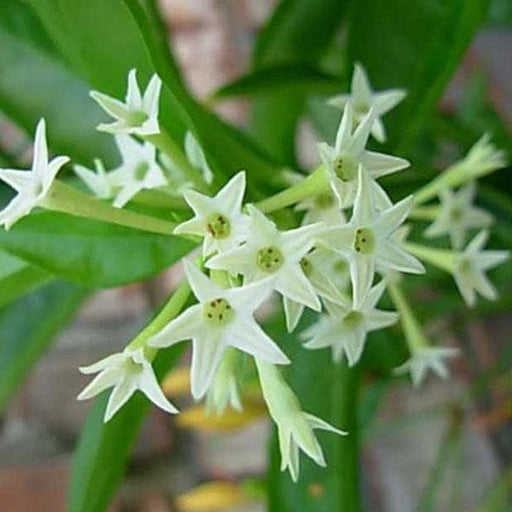
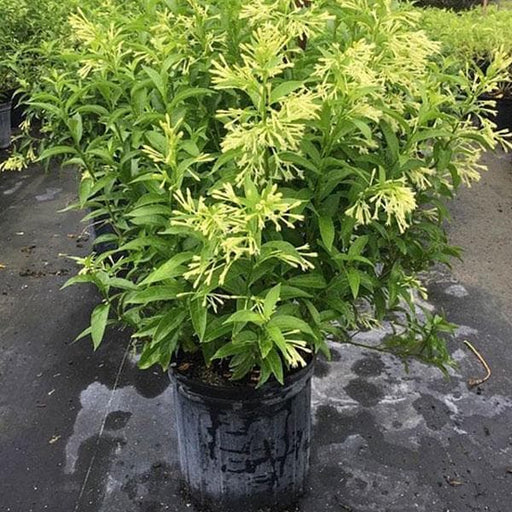 Save 25%
Save 25%
Description Raat Ki Rani (*Cestrum nocturnum*), also known as Night Blooming Jasmine, is a fragrant shrub native to the Caribbean and Central Ameri...
View full details
 Save 25%
Save 25%
Jasminum sambac, Mogra, Arabian Jasmine - Plant Jasminum sambac, commonly known as Mogra or Arabian Jasmine, is a fragrant flowering plant...
View full details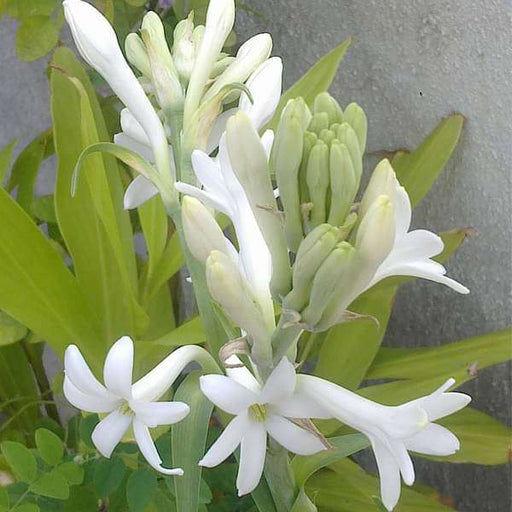
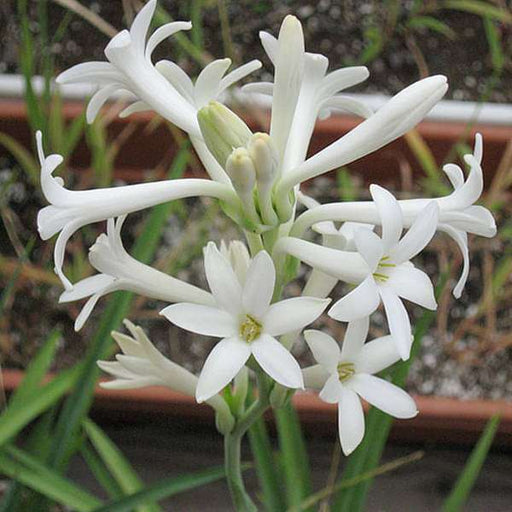 Save 17%
Save 17%
Rajnigandha, Tuberose - Plant The Rajnigandha, scientifically known as Polianthes tuberosa, is a captivating perennial plant renowned for ...
View full details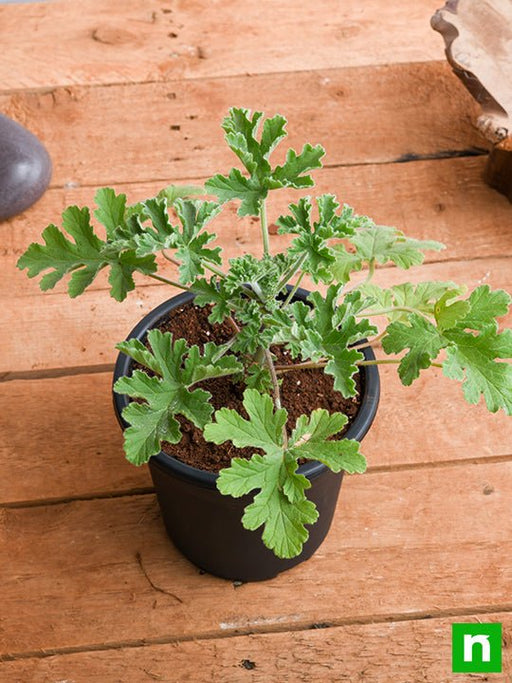
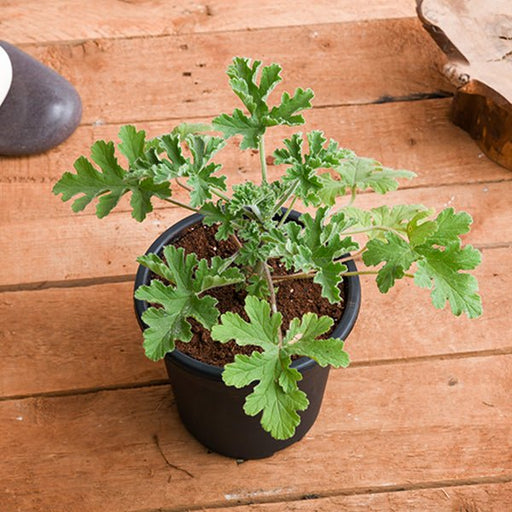 Sold out
Sold out
Citronella, Odomas - Plant The Citronella plant, scientifically known as Cymbopogon nardus, is a tropical grass renowned for its aromatic ...
View full details Save 25%
Save 25%
Damascus Rose, Scented Rose (Any Color) - Plant The Damascus Rose, also known as Rosa damascena, is a timeless symbol of beauty and romanc...
View full details
 Save 35%
Save 35%
Best 6 Plants for Perfect Indoor Garden Transform your living space into a lush oasis with our curated collection of the Best 6 Plants for a...
View full details
 Save up to 50%
Save up to 50%
Mini Succulent Garden Pack Transform your space with our Mini Succulent Garden Pack, featuring a delightful collection of 4 any variety beautiful s...
View full details
 Save 30%
Save 30%
5 Best Fragrant Plants Transform your garden or indoor space into a fragrant paradise with our curated selection of the 5 Best Fragrant Plants. Th...
View full details
 Save 24%
Save 24%
Set of 2 Bonsai Looking Grafted Adeniums Transform your indoor or outdoor space with our exquisite Set of 2 Bonsai Looking Grafted Adenium...
View full details Save 45%
Save 45%
Top 4 Die Hard Succulents Pack Transform your indoor or outdoor space with our Top 4 Die Hard Succulents Pack, featuring a curated selecti...
View full details
 Save 30%
Save 30%
5 Best Indoor Plants Pack Transform your living space into a lush oasis with our '5 Best Indoor Plants Pack.' This carefully curated collection fe...
View full details
 Save 25%
Save 25%
Set of 4 Evergreen Air Purifier Plant Pack Transform your indoor space into a lush, green oasis with our Set of 4 Evergreen Air Purifier Pla...
View full detailsDiscover the sacred Tulsi plants, revered in many cultures for their spiritual significance and health benefits. Known as Holy Basil, Tulsi is not just a plant; it's a symbol of purity and devotion. Our collection features a variety of Tulsi plants, each with unique characteristics and benefits, perfect for your home garden or indoor space. Embrace the aromatic essence of Tulsi and elevate your living environment with its lush greenery.
What makes Tulsi special is its rich history and medicinal properties. Traditionally used in Ayurvedic medicine, Tulsi is celebrated for its ability to enhance immunity, reduce stress, and promote overall well-being. With its fragrant leaves and beautiful flowers, Tulsi not only adds beauty to your garden but also serves as a natural remedy for various ailments. Experience the magic of Tulsi and transform your health and home.
Growing Tulsi is a rewarding experience that connects you with nature. These resilient plants thrive in various conditions, making them suitable for both novice and experienced gardeners. Whether you choose to grow them indoors or outdoors, Tulsi plants will flourish with the right care. Join the community of Tulsi enthusiasts and enjoy the numerous benefits these plants offer.
Tulsi (Ocimum sanctum) is a member of the mint family and is native to the Indian subcontinent. Its leaves contain essential oils rich in eugenol, which is known for its anti-inflammatory and antioxidant properties. Historically, Tulsi has been used in Ayurvedic practices to treat various ailments, including fever, cough, and digestive issues. Its significance extends beyond health, as it is often planted around homes to ward off negative energies and promote a peaceful environment.
From an environmental perspective, Tulsi plants play a crucial role in biodiversity. They attract pollinators and beneficial insects, contributing to a healthy ecosystem. Additionally, Tulsi is known for its air-purifying qualities, making it an excellent choice for urban gardening. By incorporating Tulsi into your garden, you not only enhance your well-being but also support the environment and promote sustainable practices.
Holy basil, also known as tulsi, is a sacred plant in India and is often used in Ayurvedic medicine. Understanding the different types of holy basil seeds and their features can help you choose the best one for your indoor or outdoor garden needs.
Red tulsi plants are a stunning choice for their red-tinted foliage and ability to thrive in a variety of conditions. Understanding the different types of red tulsi plants and their features can help you choose the best one for your indoor or outdoor garden needs.
Rama tulsi plants are a popular choice for their green foliage and medicinal properties. Understanding the different types of Rama tulsi plants and their features can help you choose the best one for your indoor or outdoor garden needs.
Krishna tulsi plants are a unique and stunning choice for their dark purple foliage and ability to thrive in a variety of conditions. Understanding the different types of Krishna tulsi plants and their features can help you choose the best one for your indoor or outdoor garden needs.
Kapoor tulsi plants are a classic choice for their green foliage and strong fragrance. Understanding the different types of Kapoor tulsi plants and their features can help you choose the best one for your indoor or outdoor garden needs.
African tulsi plants are a unique and eye-catching choice for their variegated foliage and ability to thrive in a variety of conditions. Understanding the different types of African tulsi plants and their features can help you choose the best one for your indoor or outdoor garden needs.
Amrita tulsi plants are a popular choice for their green foliage and medicinal properties. Understanding the different types of Amrita tulsi plants and their features can help you choose the best one for your indoor or outdoor garden needs.
Vana tulsi plants are a unique and stunning choice for their green foliage and ability to thrive in a variety of conditions. Understanding the different types of Vana tulsi plants and their features can help you choose the best one for your indoor or outdoor garden needs.
Thai holy basil plants are a popular choice for their spicy and sweet flavor and are often used in Thai cuisine. Understanding the different types of Thai holy basil plants and their features can help you choose the best one for your indoor or outdoor garden needs.
Blue tulsi plants are a unique and eye-catching choice for their blue-tinted foliage and ability to thrive in a variety of conditions. Understanding the different types of blue tulsi plants and their features can help you choose the best one for your indoor or outdoor garden needs.
Sweet tulsi plants are a popular choice for their sweet aroma and medicinal properties. Understanding the different types of sweet tulsi plants and their features can help you choose the best one for your indoor or outdoor garden needs.
Wild tulsi plants are a unique and stunning choice for their wild and unruly growth pattern and ability to thrive in a variety of conditions. Understanding the different types of wild tulsi plants and their features can help you choose the best one for your indoor or outdoor garden needs.
Purple tulsi plants are a unique and eye-catching choice for their purple-tinted foliage and ability to thrive in a variety of conditions. Understanding the different types of purple tulsi plants and their features can help you choose the best one for your indoor or outdoor garden needs.
Lemon tulsi plants are a popular choice for their refreshing citrus aroma and medicinal properties. Understanding the different types of lemon tulsi plants and their features can help you choose the best one for your indoor or outdoor garden needs.
Green tulsi plants are a classic choice for their simple yet elegant green foliage and strong fragrance. Understanding the different types of green tulsi plants and their features can help you choose the best one for your indoor or outdoor garden needs.
Variegated tulsi plants are a stunning choice for their green and white variegated foliage and ability to thrive in a variety of conditions. Understanding the different types of variegated tulsi plants and their features can help you choose the best one for your indoor or outdoor garden needs.
Shyama tulsi plants are a unique and stunning choice for their dark purple to black foliage and strong fragrance. Understanding the different types of Shyama tulsi plants and their features can help you choose the best one for your indoor or outdoor garden needs.
Ram tulsi seeds are a popular choice for their easy germination and ability to produce large numbers of plants. Understanding the different types of Ram tulsi seeds and their features can help you choose the best one for your indoor or outdoor garden needs.
Tulsi tea plants are a popular choice for their fragrant foliage, which is often used to make a soothing and healthful tea. Understanding the different types of tulsi tea plants and their features can help you choose the best one for your indoor or outdoor garden needs.
Indian basil plants, also known as holy basil or tulsi, are a sacred plant in India and are often used in Ayurvedic medicine. Understanding the different types of Indian basil plants and their features can help you choose the best one for your indoor or outdoor garden needs.
Tulsi, also known as holy basil, is a plant that is commonly used in Ayurvedic medicine and is considered sacred in Hinduism.
Tulsi is known for its medicinal properties and is believed to boost the immune system, reduce stress, and improve digestion.
To care for Tulsi plants, place them in a location with full sun and well-draining soil, and water them regularly.
Tulsi plants should be watered when the top inch of soil feels dry to the touch.
The best soil for Tulsi plants is a well-draining soil that is rich in organic matter.
Tulsi plants can be propagated by taking stem cuttings and rooting them in water or soil.
To fertilize Tulsi plants, use a balanced fertilizer once a month and follow the instructions on the package.
To prune Tulsi plants, remove the dead or damaged leaves and cut back any yellowing leaves.
Yes, Tulsi plants can be grown indoors in a location with full sun and good air circulation.
To repot Tulsi plants, gently remove the plant from the old pot and place it in a new pot with fresh soil.
Tulsi leaves should be harvested in the morning, after the dew has dried, and should be removed by hand to avoid damaging the plant.
The different types of Tulsi include Krishna Tulsi, Rama Tulsi, and Vana Tulsi.
If your Tulsi plant is growing well and has healthy leaves, it is likely getting enough light. If it is not growing or has yellowing leaves, it may need more light.
If your Tulsi plant is growing well and has healthy leaves, it is likely getting enough water. If it has wilted leaves or dry soil, it may need more water.
Yes, Tulsi plants can be grown from seed, but it can take several weeks for the plant to germinate.
To protect your Tulsi plant from pests, use a natural pest repellent or place the plant in a location with good air circulation.
Yes, Tulsi plants can be grown in pots, but they require regular watering and fertilizing.
A healthy Tulsi plant should have firm leaves, a vibrant color, and new growth.
The ideal temperature range for Tulsi plants is between 20°C and 30°C.
Yes, Tulsi plants can be toxic to pets if ingested.
To prevent your Tulsi plant from flowering, pinch off the flower buds as soon as they appear.
Tulsi seeds should be harvested when the flower heads have turned brown and dry.
To dry Tulsi leaves, remove the leaves from the stem and spread them out on a clean, dry surface in a location with good air circulation.
Yes, Tulsi leaves can be used for cooking and are commonly used in Indian cuisine.
To make Tulsi tea, steep Tulsi leaves in hot water for several minutes and add honey or lemon to taste.
Tulsi can be used for medicinal purposes by brewing the leaves in tea or using them in a tincture or oil.
If your Tulsi plant has yellowing leaves, brown spots, or black mold, it may be diseased.
Common diseases that affect Tulsi plants include powdery mildew, leaf spot, and root rot.
To treat powdery mildew on your Tulsi plant, remove the infected leaves and spray the plant with a fungicide.
To prevent root rot in your Tulsi plant, ensure that the soil is well-draining and avoid overwatering.